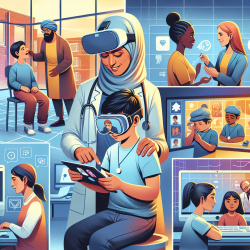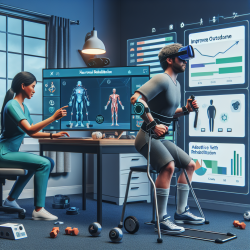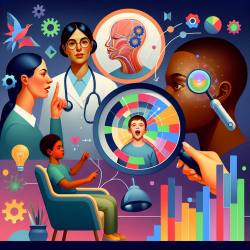Introduction
In the realm of occupational therapy, the integration of technology is revolutionizing how services are delivered, particularly within school settings. As occupational therapists, embracing technology not only enhances our ability to serve children effectively but also aligns with our journey towards self-actualization. This blog explores how leveraging online therapy services can inspire and empower occupational therapists to achieve optimal outcomes for the children they serve.
The Role of Technology in Occupational Therapy
Technology, when thoughtfully integrated into occupational therapy, can transform the therapeutic experience for both therapists and children. Here are some key benefits:
- Accessibility: Online therapy services, such as those offered by TinyEYE, ensure that children receive consistent and uninterrupted therapy, regardless of geographical constraints.
- Flexibility: Digital platforms allow for flexible scheduling, accommodating the diverse needs of students and schools.
- Engagement: Interactive tools and resources available through online platforms can increase engagement and motivation among children, enhancing the overall therapeutic process.
Data-Driven Decisions for Better Outcomes
As occupational therapists, making data-driven decisions is crucial to achieving successful outcomes. Online therapy platforms provide a wealth of data that can be used to tailor interventions to meet the unique needs of each child. Here’s how data can be utilized:
- Progress Tracking: Continuous monitoring of a child’s progress allows therapists to adjust interventions in real-time, ensuring that therapy remains effective and targeted.
- Outcome Measurement: Quantitative data helps in measuring the success of interventions, providing concrete evidence of a child’s improvement over time.
- Customization: Data analysis enables therapists to customize therapy plans based on individual progress and challenges, fostering a more personalized approach.
Inspiring Self-Actualization
The integration of technology in occupational therapy not only benefits children but also supports therapists in their professional growth and self-actualization. By embracing innovative solutions, therapists can:
- Expand Skillsets: Engaging with technology encourages therapists to learn new skills and adapt to evolving practices.
- Enhance Professional Satisfaction: Seeing tangible improvements in children’s abilities can boost job satisfaction and motivation.
- Foster Collaboration: Online platforms facilitate collaboration among therapists, educators, and families, creating a comprehensive support system for the child.
Conclusion
Incorporating technology into occupational therapy practices within schools is a powerful step towards achieving transformative outcomes for children. As therapists, embracing these tools not only enhances our ability to serve but also contributes to our own journey of self-actualization. By leveraging data-driven insights and innovative solutions, we can inspire change and make a meaningful impact in the lives of the children we support.










